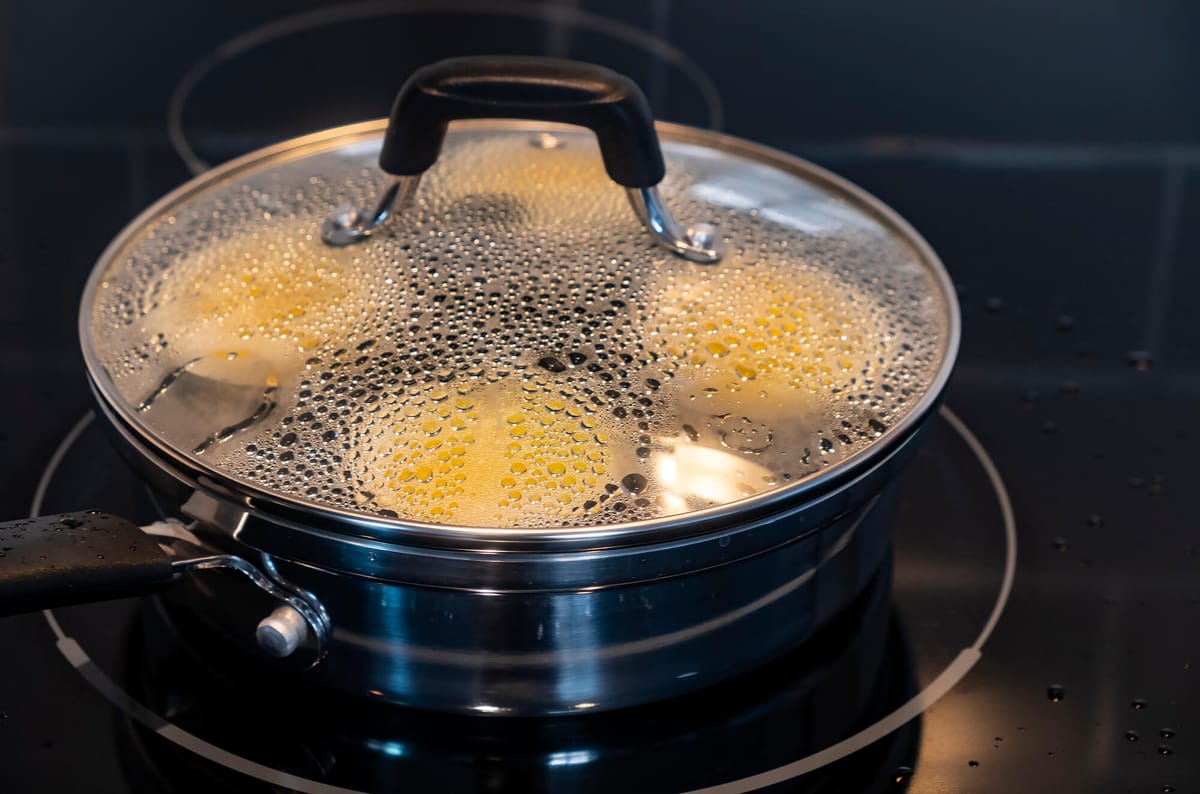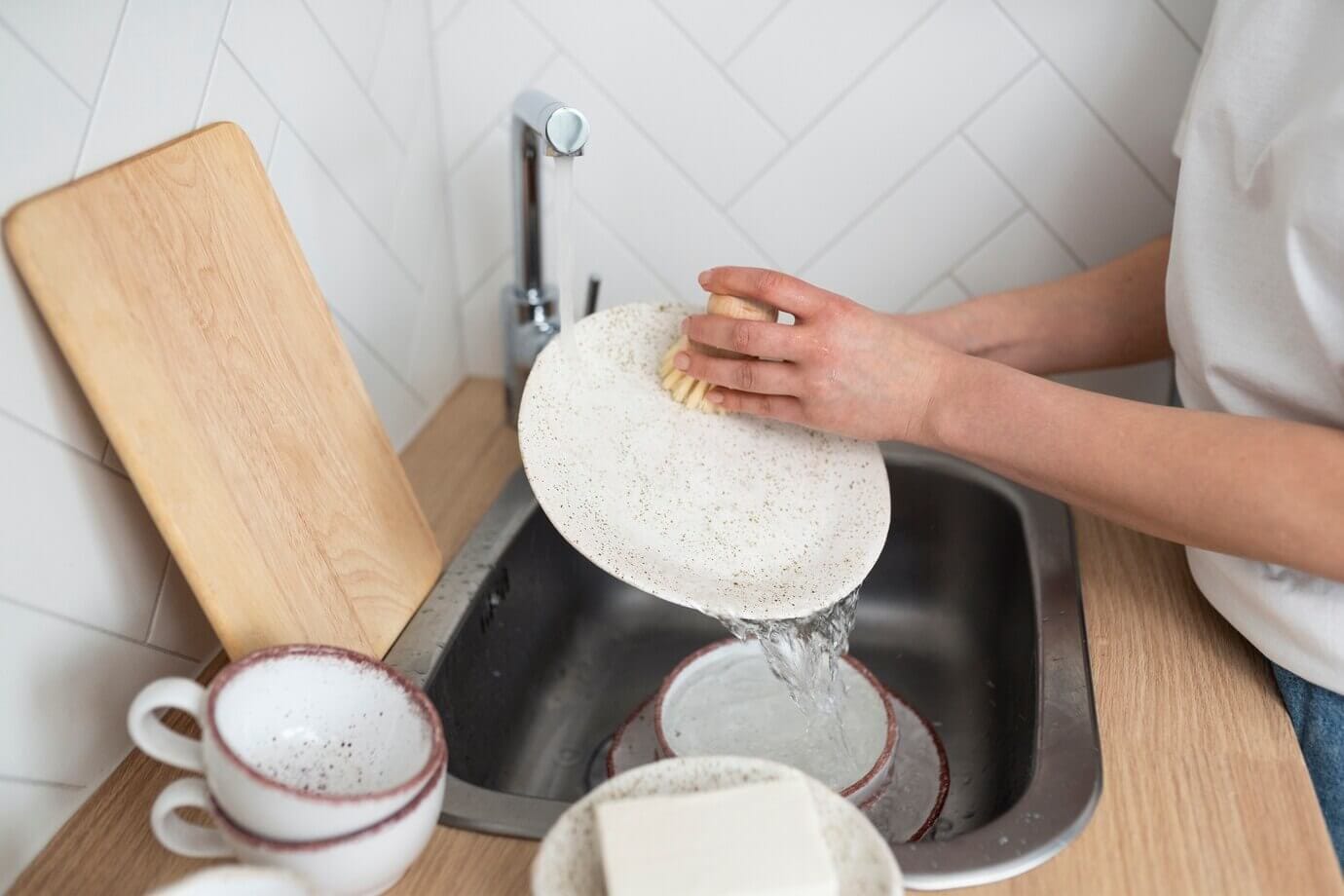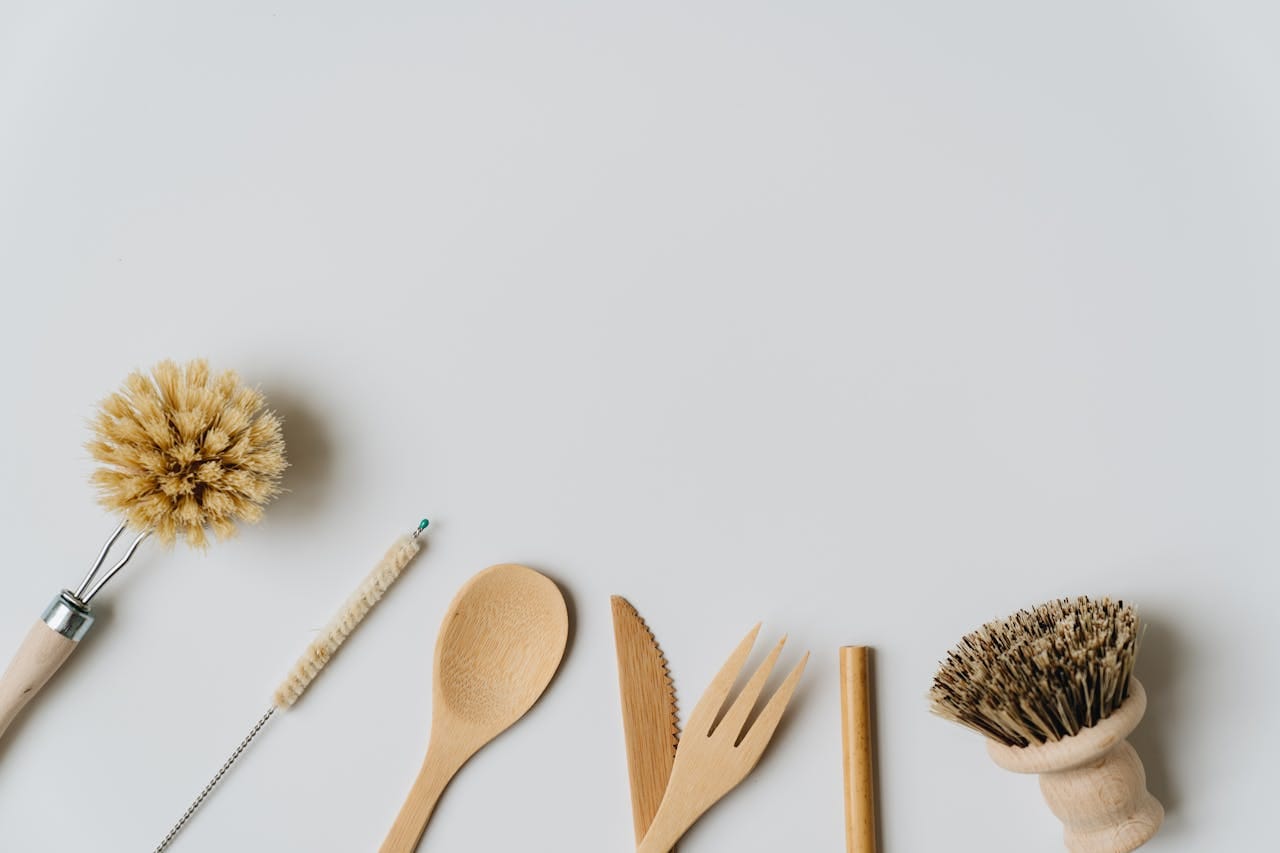Ever wonder how you can make your eco-friendly cookware last longer and perform better? You're in the right place! Taking care of our planet starts in the kitchen, not just with what we cook but also with how we care for our cookware.
In this guide, we'll share some super simple tips to keep your green kitchen gear in tip-top shape. So, grab your favorite eco-pan, and let's get started on this journey to a happier, healthier kitchen!
In This Article
- Understanding Eco-Friendly Cookware Materials
- General Care Tips for All Eco-Friendly Cookware
- Material-Specific Maintenance Advice
- Addressing Common Issues
- Enhancing Durability Through Proper Use
- Eco-Friendly Cleaning Agents
- Storing Eco-Friendly Cookware
- Professional Care and Restoration
- Call to Action
Understanding Eco-Friendly Cookware Materials
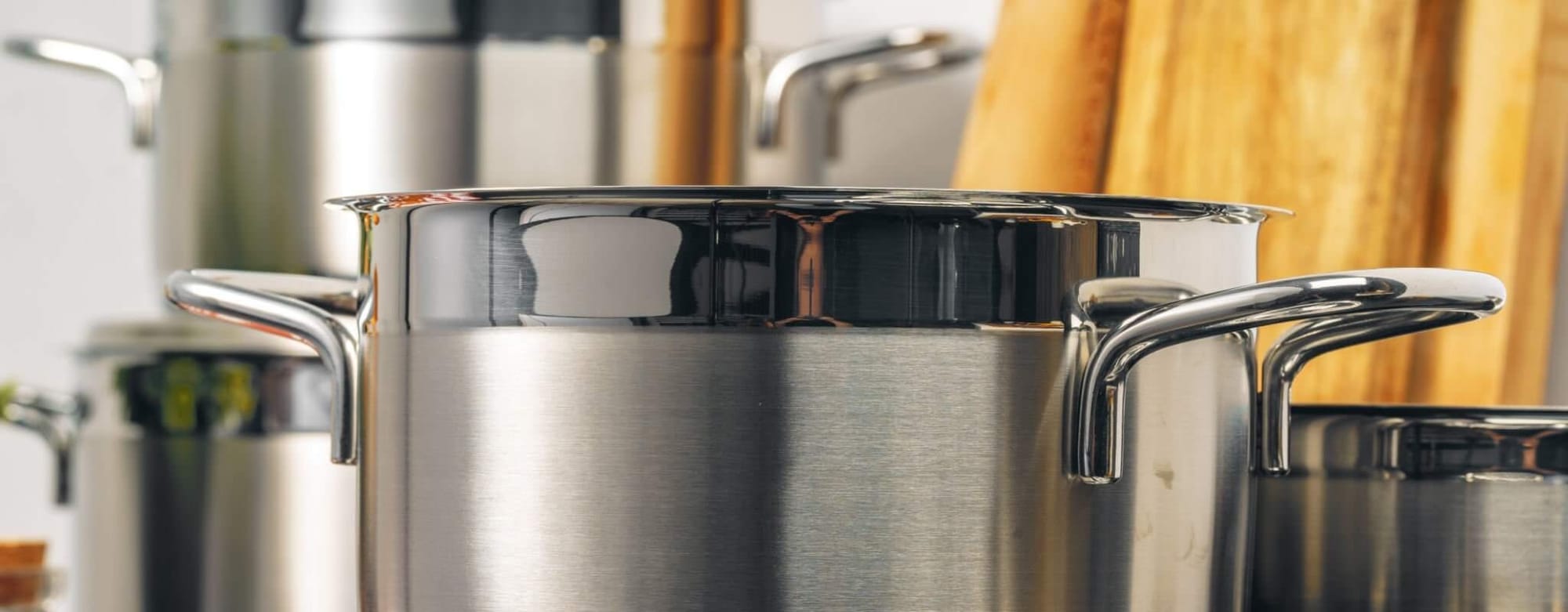
First up, let's chat about what your eco-friendly cookware is made of. Whether it's shiny stainless steel, rugged cast iron, sleek ceramic, or natural bamboo, each material has its own special care instructions. Knowing what your pots and pans are made from is the first step to making them last a lifetime. So, we'll jump into what makes these materials unique and how a little TLC can go a long way.
General Care Tips for All Eco-Friendly Cookware
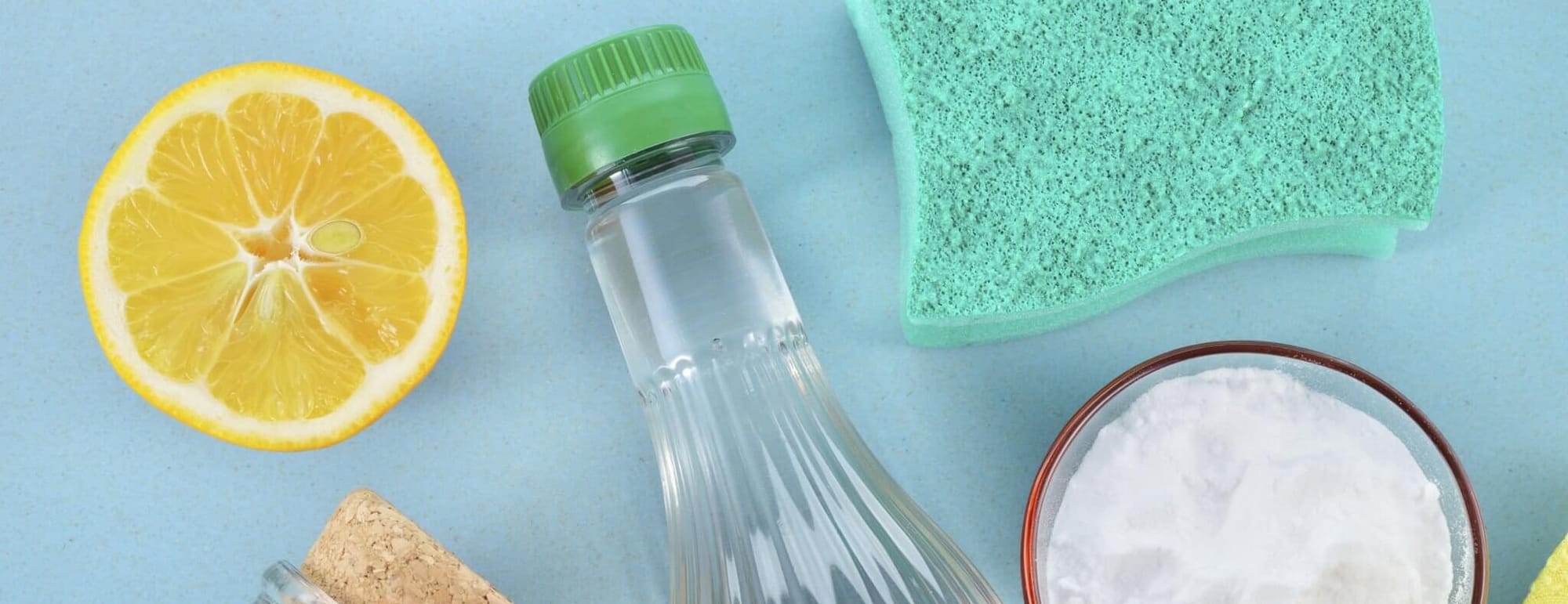
No matter what your cookware is made of, there are some golden rules to keep them looking and cooking great:
- Be Gentle: Skip the harsh chemicals and opt for natural cleaners like vinegar or baking soda. Your cookware (and the planet) will thank you!
- Stay Cool: Avoid shocking your pots and pans with sudden temperature changes. It's like giving them a mini heart attack!
- Dry Thoroughly: Water spots are a no-go, especially on stainless steel. Dry your cookware right after washing to keep it sparkling.
Material-Specific Maintenance Advice
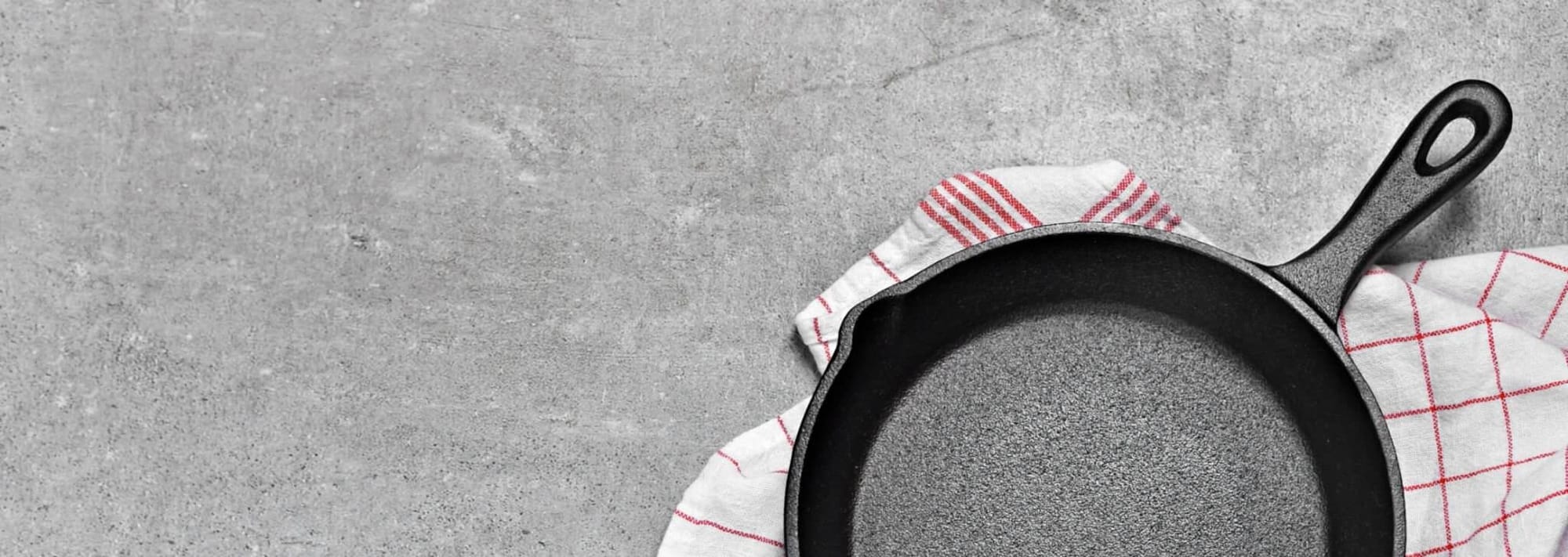
Stainless Steel
Shiny, durable, and oh-so-pretty, stainless steel cookware is a dream for chefs and eco-enthusiasts alike. Keep it gleaming with a simple wash and dry, and for those pesky water spots, a little vinegar goes a long way. Remember, stainless steel can handle a scrub, but treating it kindly will keep it shining for years.
Cast Iron
This kitchen heavyweight is all about the seasoning. A well-seasoned cast iron skillet is a thing of beauty and makes cooking a breeze. After each use, clean it with a bit of salt and oil instead of soap to keep that perfect seasoning intact. And if it starts looking a little dull, it's time for a spa day with a new coat of oil and some oven time.
Ceramic
Ceramic cookware, with its smooth surface and even heating, is a kitchen favorite. To keep it in top shape, avoid using sharp metal tools that can scratch its surface. For cleaning, a soft sponge and some warm, soapy water will do the trick. And just like its friends, sudden temperature changes are a no-no—let it cool down naturally.
Bamboo and Wood
Bamboo and wooden utensils add a natural touch to your eco-friendly kitchen. Keep them away from dishwashers and prolonged soaking to prevent cracking. A little love with food-safe mineral oil will keep them from drying out and splitting. Remember, bamboo loves a gentle hand wash and a good air dry.
Addressing Common Issues
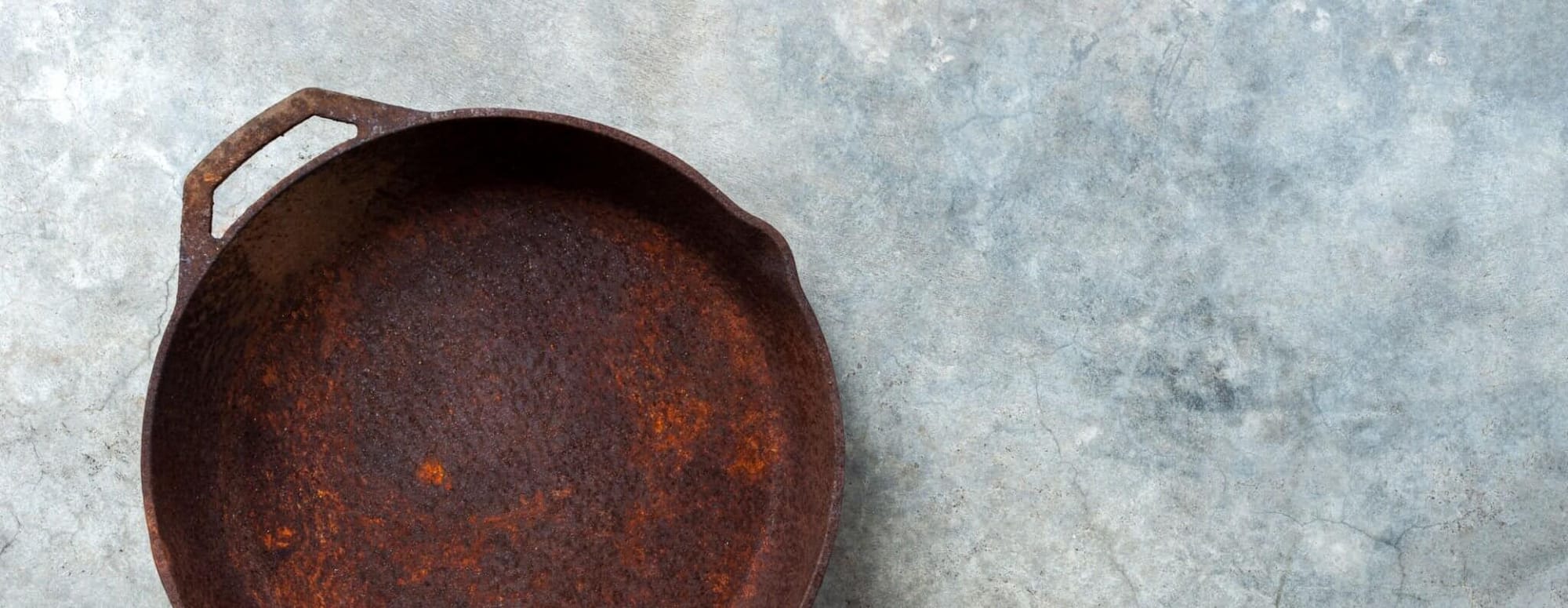
Burnt food and stubborn stains can be a hassle, but don't worry, we've got you covered:
- Burnt Pans: Soak the pan in hot water with a dash of baking soda or vinegar to loosen the burnt bits. A gentle scrub will make your pan as good as new.
- Discoloration: For stainless steel, rubbing a paste of baking soda and water can help remove discoloration. Ceramic surfaces benefit from a gentle vinegar wipe to restore their shine.
- Rusty Cast Iron: Don't let a little rust on your cast iron skillet discourage you. Cast iron is incredibly durable, and with a little TLC, you can bring it back to life! Here's a helpful guide on How to Restore a Cast Iron Skillet that will walk you through the process step-by-step.
Here's a simple way to restore a cast iron skillet:
- Scrub the rust off using a steel wool pad or a stiff brush. For tough rust, you might need a bit of elbow grease.
- Wash the skillet with a mild dish soap and warm water to remove any residue. This is one of the few times you'll use soap on cast iron.
- Dry the skillet thoroughly. Cast iron and moisture are not friends, so make sure it's completely dry to prevent further rusting.
- Re-season the skillet. Coat it lightly with a high-smoke-point oil, like vegetable oil or canola oil. Place it upside down in a preheated oven at 375°F (190°C) for an hour. Place a sheet of aluminum foil or a baking sheet on the rack below to catch any drips.
- Let it cool in the oven. This process will create a new seasoning layer, making your skillet non-stick and protected against rust.
Enhancing Durability Through Proper Use
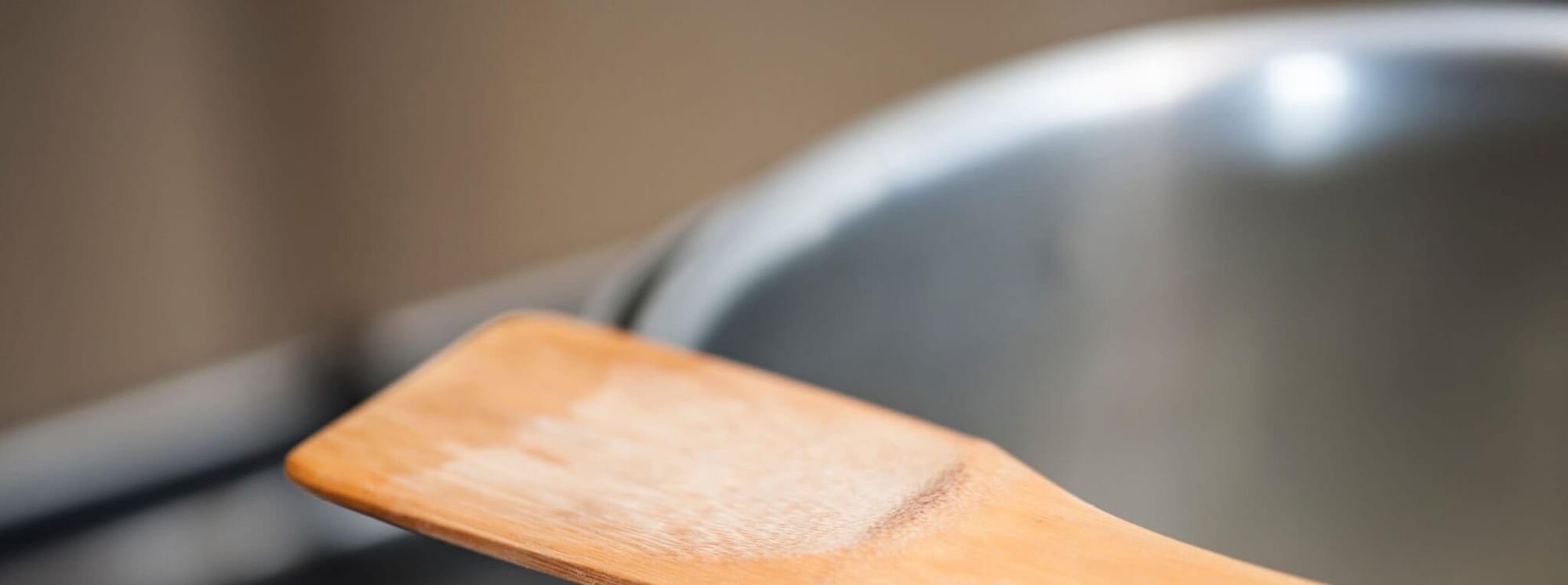
Maximize your cookware's lifespan with these simple cooking tips:
- Low to Medium Heat: High heat can warp pans and damage surfaces. Stick to low or medium heat for most of your cooking.
- Right Tools: Use wooden or silicone utensils to prevent scratches, especially on ceramic and non-stick surfaces.
Eco-Friendly Cleaning Agents
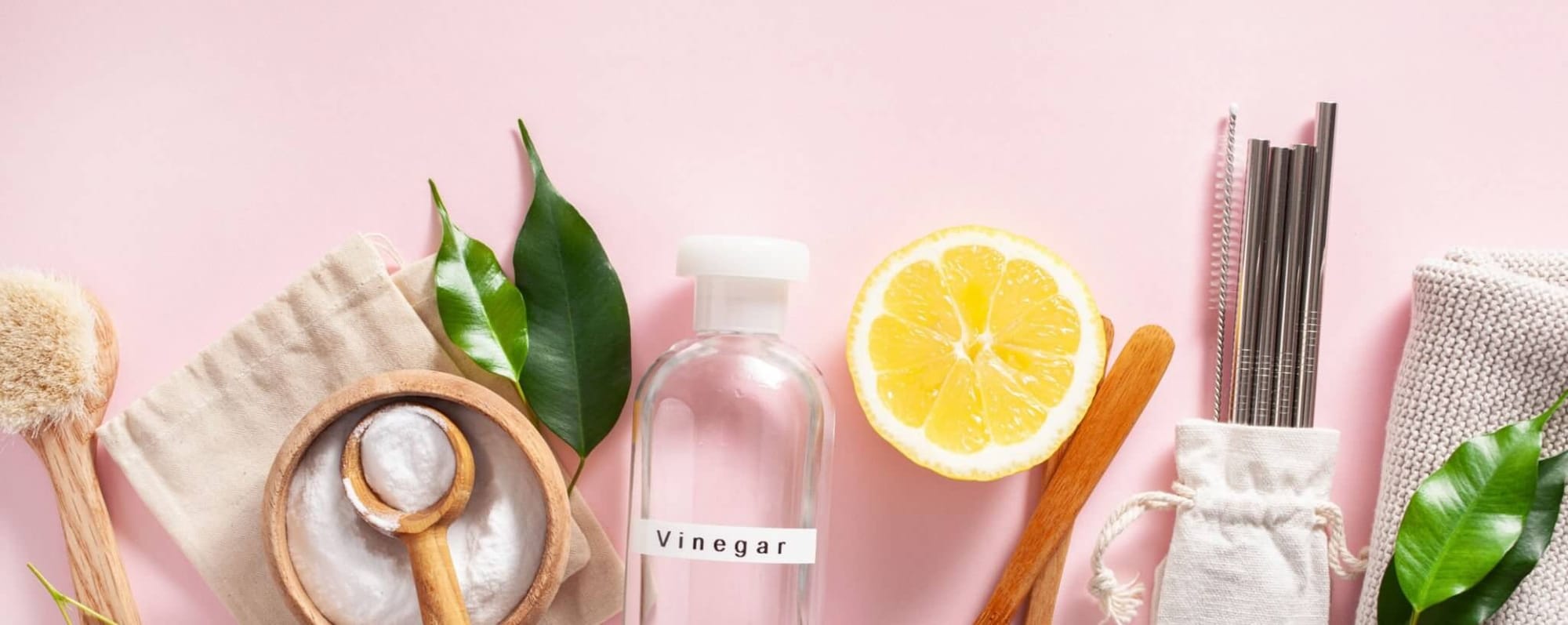
Ditch the chemicals and embrace natural cleaners that are kind to your cookware and the planet:
- Vinegar: Great for removing odors and brightening stainless steel.
- Baking Soda: Perfect for tackling tough stains and burnt-on food.
- Lemon: Not only does it smell fresh, but it's also fantastic for cutting through grease.
Storing Eco-Friendly Cookware
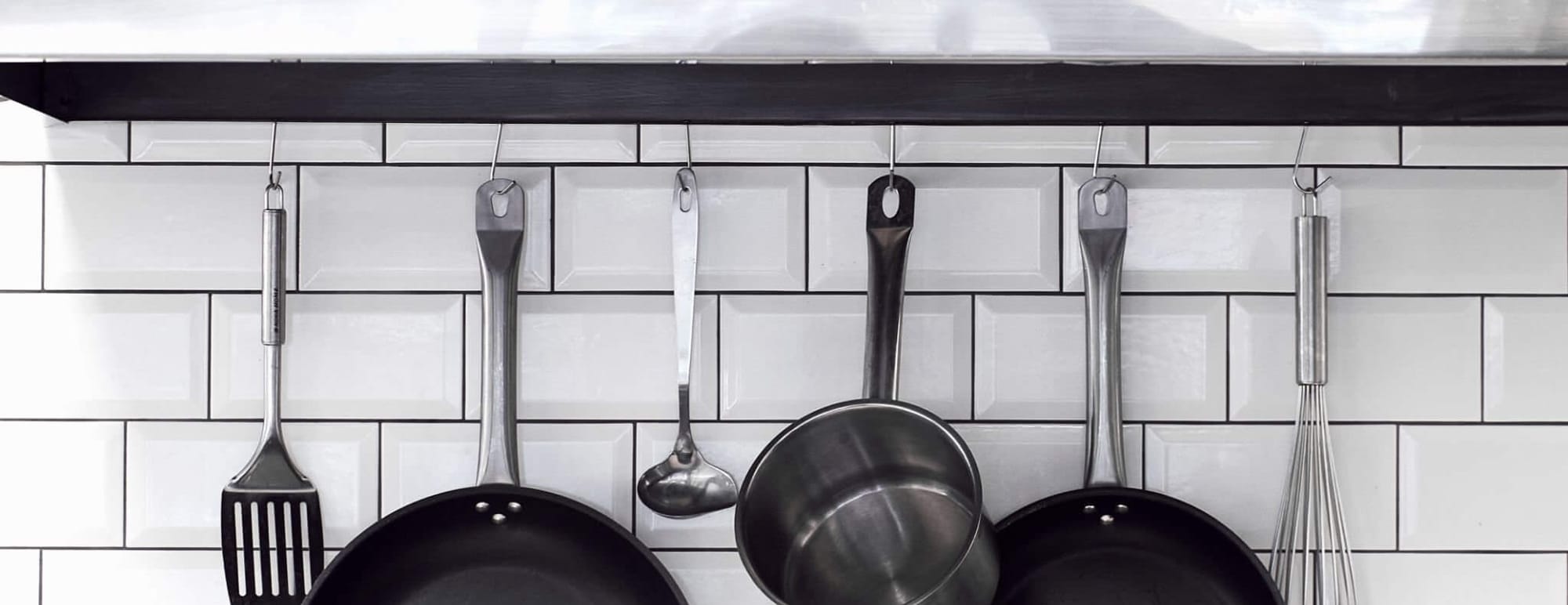
Proper storage can prevent damage and extend the life of your cookware:
- Hang It Up: Hanging pots and pans can prevent scratching and save space.
- Use Protectors: If stacking is your only option, use cloth protectors between pans to avoid scratches.
Professional Care and Restoration
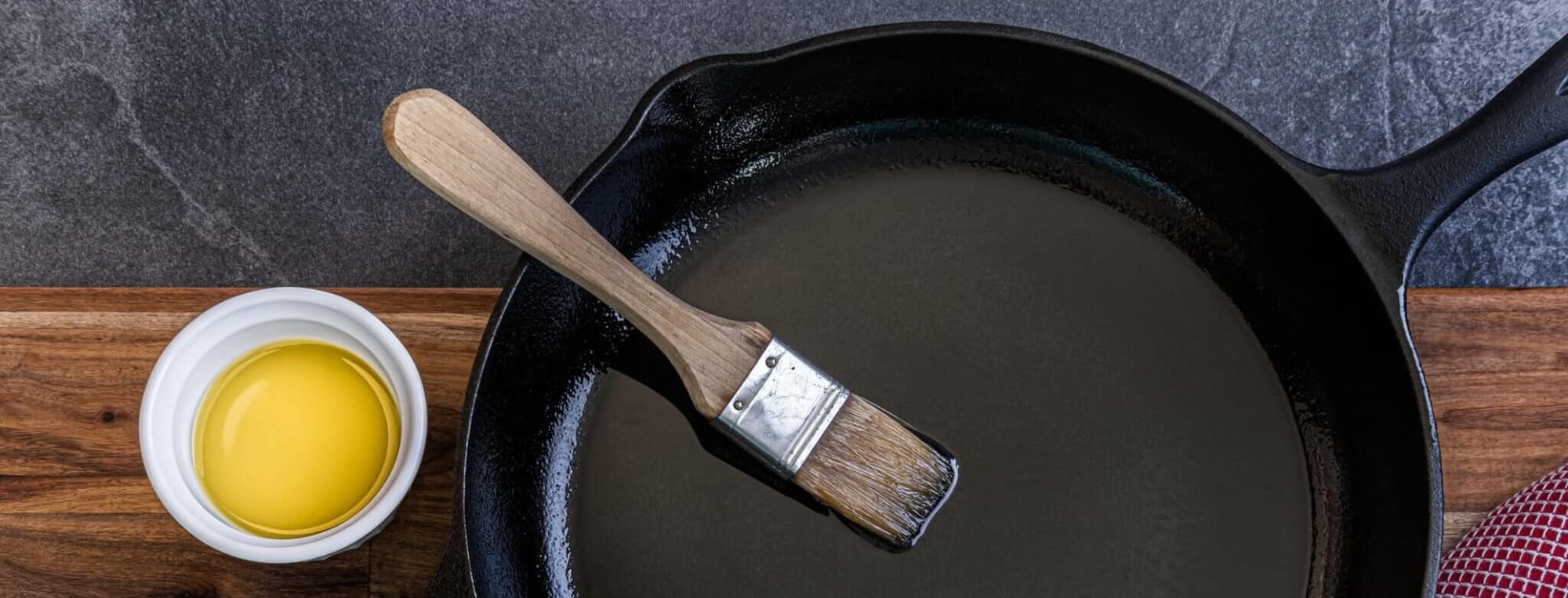
Sometimes, despite our best efforts, our beloved cookware needs a bit more TLC than we can provide. That's where the pros come in. If your cast iron skillet has lost its seasoning beyond your repair skills, or if your ceramic cookware has a chip or crack, it might be time to seek professional help. Professional re-seasoning, re-coating, or even repairing can breathe new life into your cookware, making it as good as new without needing a replacement. This not only saves you money in the long run but also supports sustainability by extending the life of your cookware. Remember, investing in professional care can be a cost-effective and eco-friendly choice.
Green Your Routine
Now that you're equipped with all the know-how to keep your eco-friendly cookware in stellar condition, why wait? Start implementing these care and maintenance tips today. Not only are you protecting your investment and ensuring your cookware lasts longer, but you're also making a positive impact on the environment.
So, grab that sponge, prep your baking soda, and give your cookware the love it deserves. And remember, sharing is caring—spread the word about eco-friendly cookware care to friends and family. Together, we can make our kitchens greener, one pot and pan at a time. What change will you make today? Let's commit to a more sustainable and eco-conscious kitchen lifestyle, starting now!
- Further Reading: "Sustainable Choices: Eco-Friendly Cookware Materials" to learn about the materials that will benefit the most from these care tips.
- You Might Be Interested: "Cost Comparison: Eco-Friendly Cookware" to see how proper care contributes to cost savings.
